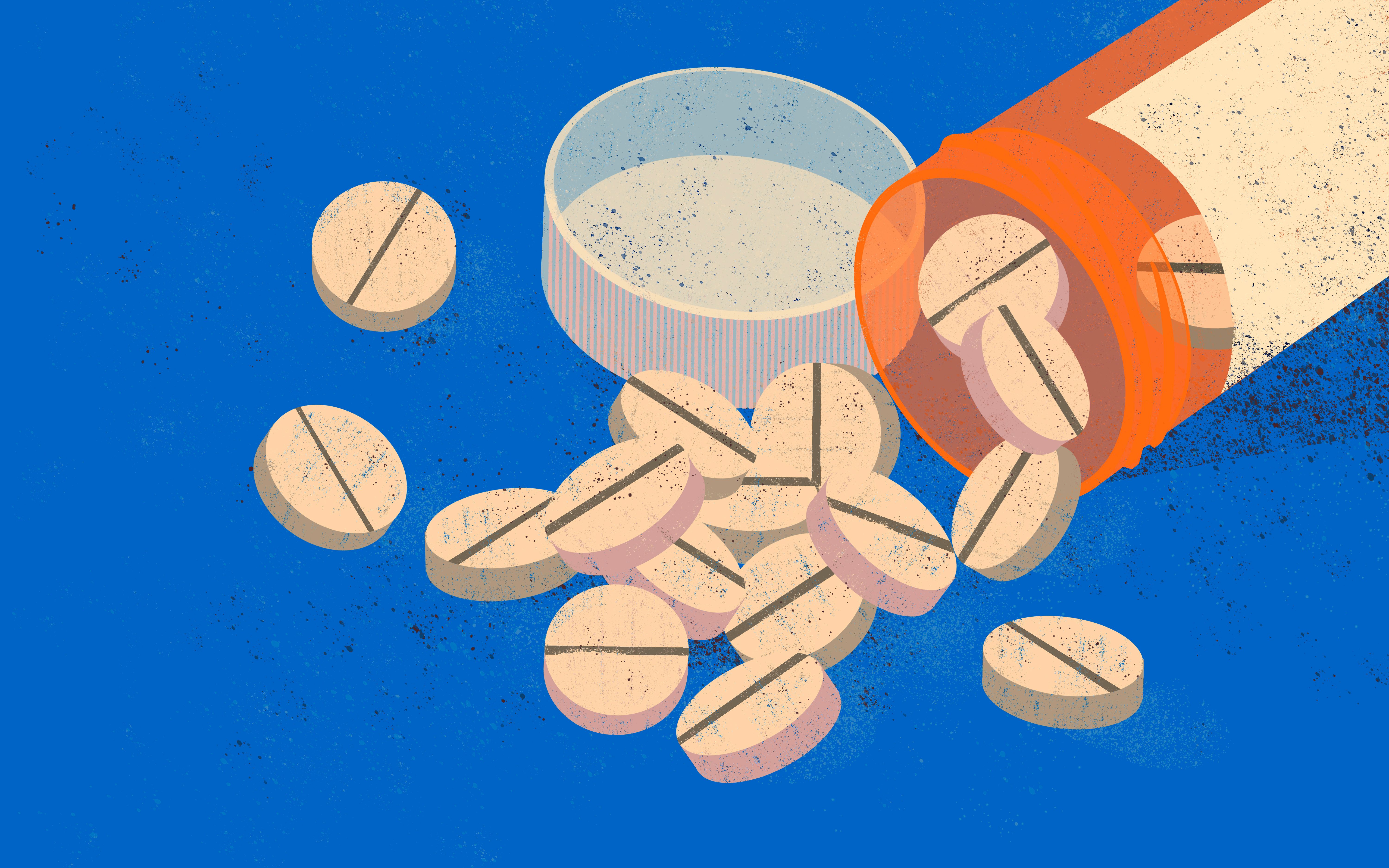News
Article
Researchers Evaluate Consequences of 2016 CDC Guidance for Patients With SCD
Author(s):
A retrospective, qualitative cohort study concludes that patients with sickle cell disease (SCD) may have been negatively impacted by the 2016 CDC guidance.
The 2016 CDC Guideline for Opioid Prescriptions for Chronic Pain may have had unintentional consequences of negatively affecting patients living with sickle cell disease (SCD), according to a study recently published in JAMA Internal Medicine.
Opioid Pill Bottle | image credit: Antonio Rodriguez - stock.adobe.com

To cultivate safer and more effective prescription opioid use, the CDC developed a guideline in 2016 for patients who were enduring chronic pain, not including those in active forms of cancer treatment or palliative or end-of-life care. As the present authors note, previous research has indicated the success of the CDC guideline, which contributed to lower rates of opioid prescriptions and dosages, and reduced the length of prescription supply to decrease opioid usage overall. Yet, these consequences inadvertently affected patients with SCD and cancer who were not included within the guideline’s intentions.
Patients with SCD can experiences chronic painful episodes known as vaso-occlusive crises (VOC). When nonopioid treatments are unsuccessful, opioid analgesics are the next course of pain management. Although these patients have significant pain management needs, the authors add that patients often experience barriers in access to these therapies. SCD is more common in Black patients (who make up an estimated 90% of cases) and, as present data indicate, this population is less likely to receive an opioid prescription compared with White patients. In the aftermath of the CDC guideline, the present authors pointed to a qualitative study that increased barriers to opioid access, heightened stigma, and more.
Years later, in 2019, “it appears that these warnings have generally been unheeded in the health care community; the guideline has been used to justify inappropriate one-size-fits-all restrictions on opioid analgesics by state legislatures, health insurance plans, and health care organizations,” the authors wrote.
In 2022, in response to these unintended consequences, the CDC updated its guidance to exclude SCD in hopes of mitigating these effects; however, to date, no study has investigated the impact of the 2016 guideline on patients with SCD. To evaluate these outcomes, and learn from them, the researchers conducted a qualitative study on the effects of the 2016 CDC guidelines in patients with SCD in hopes of avoiding future negative, unintended consequences.
Data were gathered between January 1, 2011, and December 31, 2019, from the Merative MarketScan Commercial Database, which included information on health insurance claims and health plan enrollments in the US for over 25 million residents.
In total, 14,979 patients with SCD were identified, and they had 125,135 opioid prescriptions filled throughout the study period. January 2011 saw 81% patients with SCD able to fill opioid prescriptions. This number declined through December 2019 (coefficient for change in slope, –0.29; 95% CI, –0.39 to –0.20 prescriptions/100 person-month; P < .001). This drastic change led to a 13.1% decrease in December 2019 (57.6%) compared with the time prior to the guideline (70.7%).
In March of 2016, when the guidance was implemented, the average days supply for opioid prescriptions began decreasing compared with years prior (coefficient for change in slope, –0.05; 95% CI, –0.06 to –0.04 days/prescription-month; P < .001). By the end of the study period, the authors saw the guidelines contribute to 2 fewer days of supply (15.6 vs 17.6 days). This was the only measure observably affected by the guideline.
VOC-related visits to the emergency department (ED) saw a 7.05% rise by December 2019 compared with the preguideline period (coefficient change in slope, 0.16; 95% CI, 0.07-0.25 hospitalizations/100 person-month; P < .001). Although the analysis was more focused on adult patients, the researchers noted that the guideline had a similar impact on VOC-related events for pediatric patients with SCD.
“Understanding the outcomes of a federal guideline on medically vulnerable at-risk populations is crucial for mitigating and preventing unintended harms, as well as for the successful implementation of future guidelines,” the authors conclude.
As they look ahead, they emphasize the need for clarity in federal guidelines—especially when they have the potential to impact more vulnerable populations—as well as education, stakeholder engagement, and outcome evaluations to prevent causing unintended harm.
Reference
Kang HA, Wang B, Barner JC, et al. Opioid prescribing and outcomes in patients with sickle cell disease post-2016 CDC guideline. JAMA Intern Med. Published online March 11, 2024. doi:10.1001/jamainternmed.2023.8538




